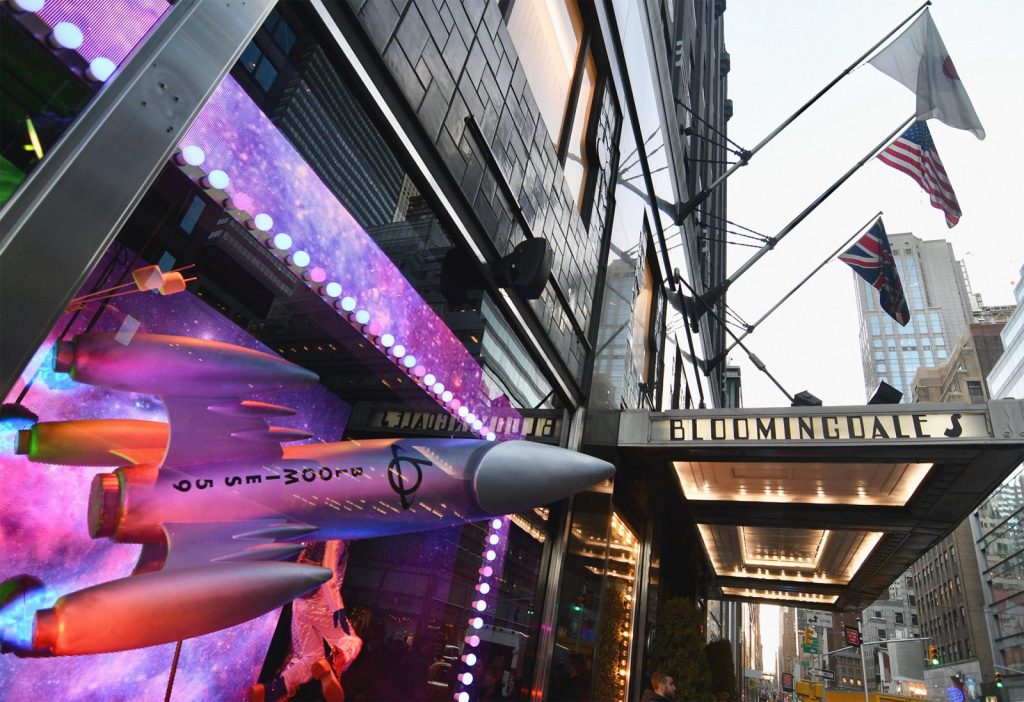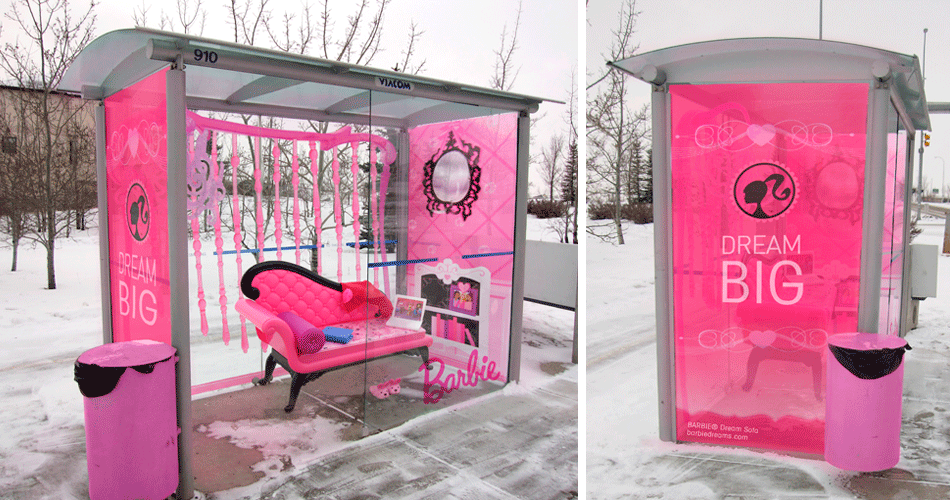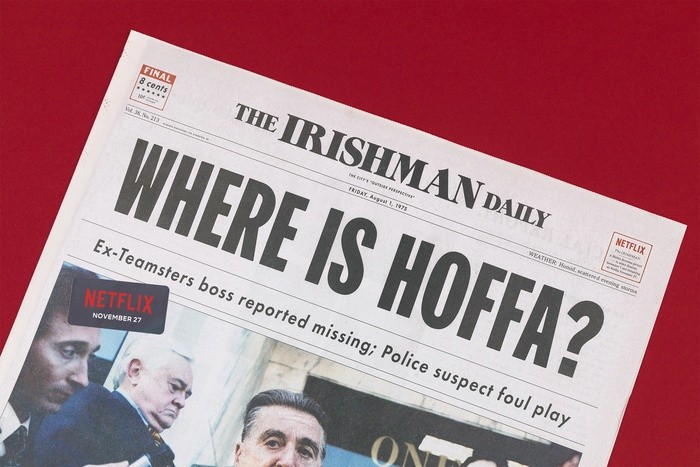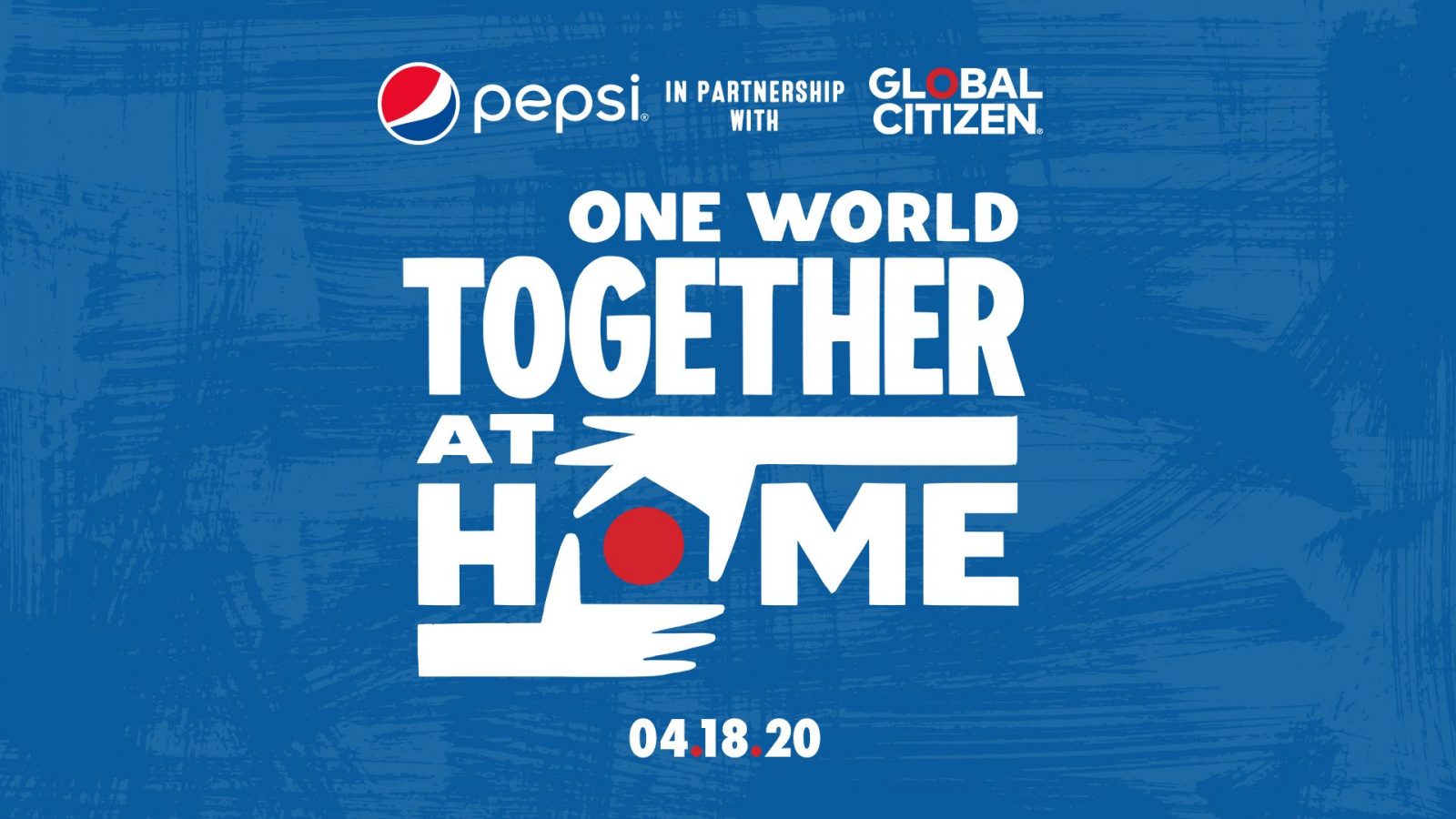
Adapting experiential marketing to coronavirus and digital competition through in-person, design, or virtual events to grow brands and markets.
Sometimes called engagement or event marketing, experiential marketing offers an almost unrivaled chance to help meet such diverse marketing goals as increasing brand recognition, sales, and customer loyalty. It works by enhancing connections between brands and customers in a personal way, though it can accomplish this in a variety of ways.
For a couple of examples of experiential marketing’s effectiveness, Finance Online published research that demonstrated:
- 70 percent of people turn into repeat customers after attending experiential marketing events.
- An incredible 85 percent of consumers say they’re more likely to buy after participating in experiences and events.
By its very definition, an experiential marketing strategy will seek to encourage and even invite consumers to participate with the brand to share experiences and even evolution.
Traditionally, an experiential marketing agency might have suggested such common activities as grocery store food tastings, fashion shows, and conventions. Of course, the pandemic changed consumer behavior abruptly. YouGov, a well-known polling agency, found that only 16 percent of Americans said they’re very likely to attend a brand’s online event within the next year. With younger adults, that figure increased to 24 percent, but it’s still a minority.
Experiential marketing in the age of Covid-19
Of course, even before the global pandemic, marketers explored both digital events and other kinds of experiences that did not require face-to-face, indoor contact.
As the possible spark for an idea for a non-digital event that doesn’t require in-person contact with brand representatives, YouGov also found 44 percent of people said they’d prefer outdoor experiences. By conducting experiences outside, brands can still enjoy in-person connections while offering social distancing and plenty of natural ventilation.
With warm weather on the horizon, brands might attract more guests to in-person special events if they could hold them outside. Besides planning their own events, farmer’s markets, fairs, and even parades could offer great opportunities.
Of course, there’s always room for a bus stop decorated to look like a Barbie dollhouse room, as shown in the photo. For at least the time it takes for the bus to arrive, Mattel can employ affordable, low-tech immersive branding and at least for Barbie fans, make the wait seem shorter.

Recent examples of successful experiential marketing
Netflix took over Little Italy
To promote its recent movie, “The Irishman,” Netflix took over New York’s Little Italy district. They recreated the flavor and mythology of 1970s Manhattan with “Jimmy Hoffa is Missing” posters, secret passwords that would entitle visitors to free stuff at local businesses, and plenty of costumed actors. They even set up phone booths.
To pull off this experience, Netflix partnered with several local businesses. That had to generate some good will as it also gave delis, barbershops, pizza shops, and liquor stores a chance to enjoy some additional traffic from the promotion. According to Event Marketer, the promotion gave away over 36,000 items during the two-day event.

Pepsi sponsored a virtual concert to support front-line health workers
A good branding agency should advise clients that experiential marketing doesn’t always need to include direct experience with a product. As an example, Pepsi couldn’t send a soda to all the 20 million people who logged in to watch the “One World All Together” virtual concert in April 2020.
The online event featured such well-known entertainers as Jimmy Fallon, Lady Gaga, Paul McCartney, Billie Eilish, and Friends From Sesame Street. In that way, it not only had the power to attract a global audience, it also appealed to people from various generation.
While Pepsi couldn’t sell sodas, they could market their brand. Most important, according to Marketing Dive, Pepsi could showcase other facets of their famous name in a welcome way. The company used its vast marketing experience, event-organizing expertise, and a sizable cash donation to support a worthy cause that’s important to almost everybody in the world. In this case, experiencing Pepsi meant experiencing their ability to support a huge effort and support worthy causes.
At this time many marketers struggled to figure out how to reach a large audience during the first months of the pandemic. Pepsi marketing VP, Todd Kaplan, said they wanted a way to connect with people over their shared love for music and desire to take action to fight the coronavirus. Even without having a chance to personally hand out beverages, Pepsi lived up to their “That’s what I like” slogan in another way.

The role of experiential marketing in markets dominated by Amazon
In 2019, Amazon grew so large that it took the crown as the largest retailer in the world. As consumers turned even more to online shopping during the coronavirus, the giant retailer enjoyed an even larger share of the market, taking business from such well-known competitors as eBay, Walmart, and Target.
According to surveys reported on by The Motley Fool:
- 53 percent of online shoppers began their search at Amazon by the end of 2020.
- In contrast, about 47 percent did the same by the middle of 2020.
By these same surveys, internet customers who don’t start off with Amazon, do tend to choose one of the other well-known platforms to look for items, like Google, Walmart, Target, and eBay. Trying to get attention for smaller brands can present a challenge.
How Walmart’s investing in experiential marketing to regain online shoppers
At first glance, it seems like other businesses either need to compete with Amazon or compete on Amazon. Still, Walmart held the crown as the largest retailer in the world until very recently, and they don’t appear to have suddenly switched their platform to an Amazon Storefront.
Instead, they’ve invested more of their marketing dollars into experiential marketing to help build connections with their audience. As an example, they’ve started a Walmart+ membership program that looks something like Amazon Prime at first glance.
But beyond free shipping and deliveries, they’re also working with such media partners as The Food Network, HGTV, and The Drew Show. Besides having Drew Barrymore integrate a Walmart+ call to action, the celebrity will also include personal experiences with Walmart+ on the show. Walmart also plans similar engagement with HGTV.
Obviously, they hope to use this experiential marketing strategy to spotlight not just Walmart+ advantages but also how it compares favorably to an Amazon Prime membership.
Walmart wants to change its brand identity
Walmart’s also already got plenty of stores to help develop in-person relationships with people. And people don’t necessarily frequent Walmart because they think it’s the best store. They often go because it’s the one store where they can buy printer ink, a bottle of ketchup, and a pack of diapers for some reasonable price at 10 AM or 10 PM.
In other words, people know what to expect out of a local Walmart, so the company wants to do more to attract the rapidly increasing population of online shoppers to regain the market share they may have lost to Amazon
How an experiential marketing agency can help businesses grow
The exact experiential business strategy to grow a business may depend upon typical customers, the kind of company, and available resources. Either way, the nature of this marketing channel can offer brands important benefits in a competitive landscape:
- It helps brands differentiate themselves: While retailers like Amazon provide some resources to help businesses stand out, they still provide a spot in a crowded market. When customers can see, hear, or even taste products, they’re more likely to buy them.
- It gets attention: Creative experiential marketing, like the Netflix takeover, provide interesting stories that tend to get the attention of the press and social media influencers.
- It creates sharable moments: Besides getting attention from influencers, regular social media users love sharable moments. When customers post about their brand experiences, they also influence their friends and family.
- It gives customers a chance to try a brand: Now, Pepsi couldn’t hand out cans of soda, but they could share their well-oiled event team for a worthy cause. For some televised or virtual events, sponsor take another step of offering coupons and discount codes, almost like the secret password Netflix used. By the way, the password was, “Jimmy sent me.”
- It creates a memorable experience: A child’s likely to remember an experience like sitting at a bus stop that’s decorated like a Barbie playhouse a long time. That child will probably tell friends and of course, parents.
Experiential marketing gives people an experience with brands that can help them develop a stronger connection. This helps enhance brand recognition, sales, and loyalty. Traditional definitions of this kind of marketing usually refer to it as an in-person channel. With new technology, changing customer behavior, and some creativity, it can work effectively as a digital channel as well.


